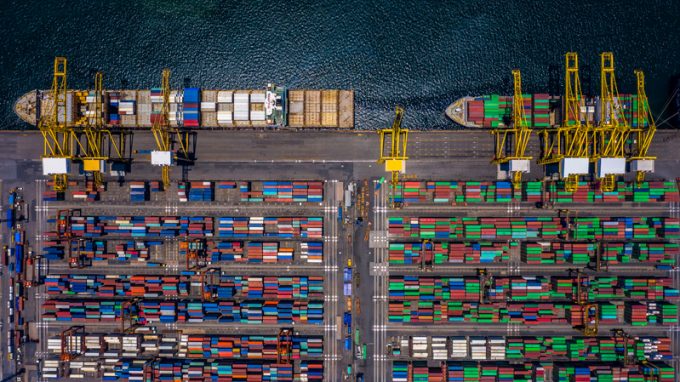Hauliers add surcharge for collections from congested London Gateway
Container haulage firms serving London Gateway in the UK have begun to introduce a £150 ...

With free trade under threat and globalisation slowing, terminal operator DP World plans to give container supply chains a boost with “an integrated, asset-based approach” to logistics and digitisation.
Andrew Hoad, DP World’s chief executive for Asia Pacific, said digitisation was paving the way for new ...

Comment on this article